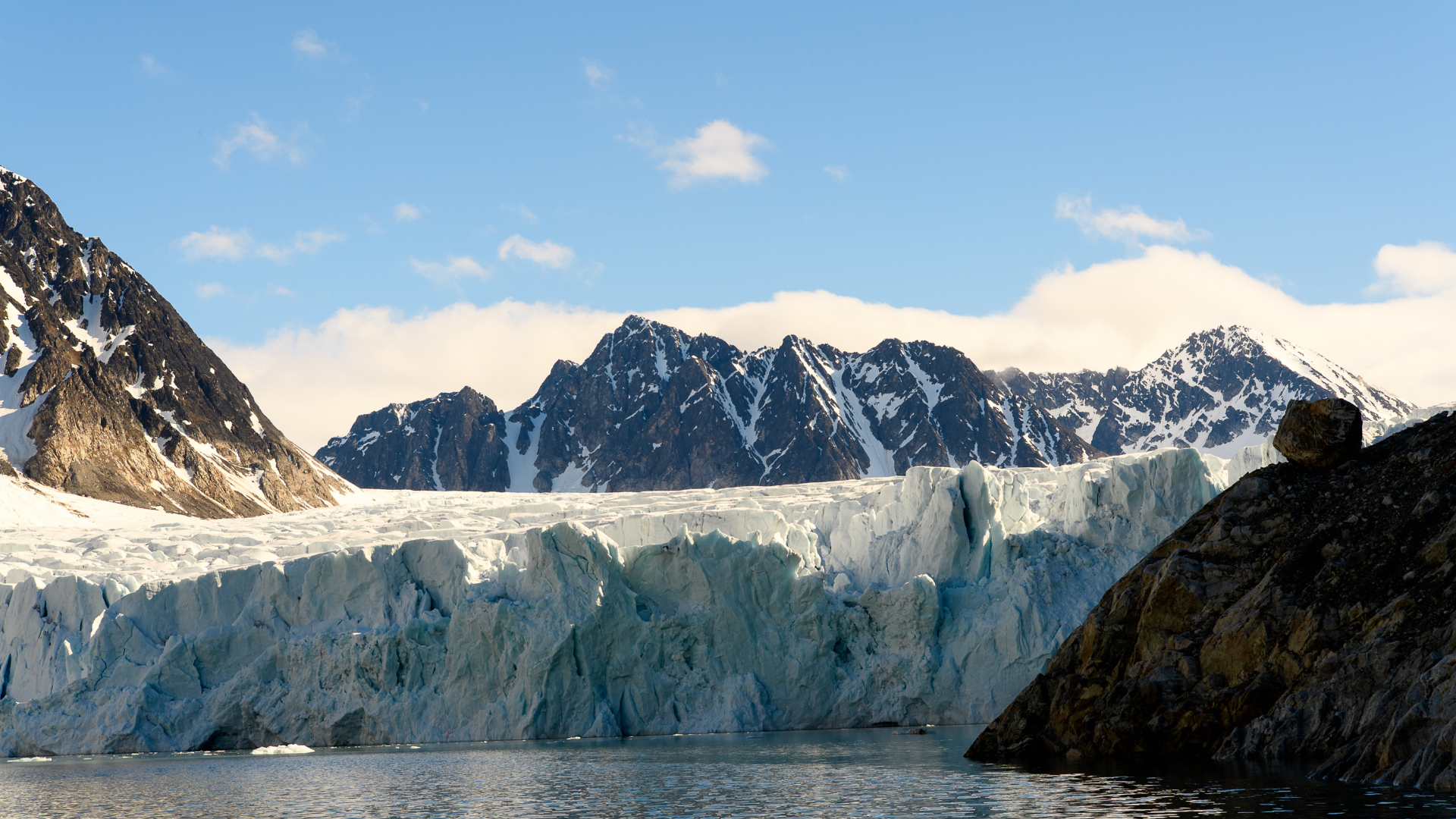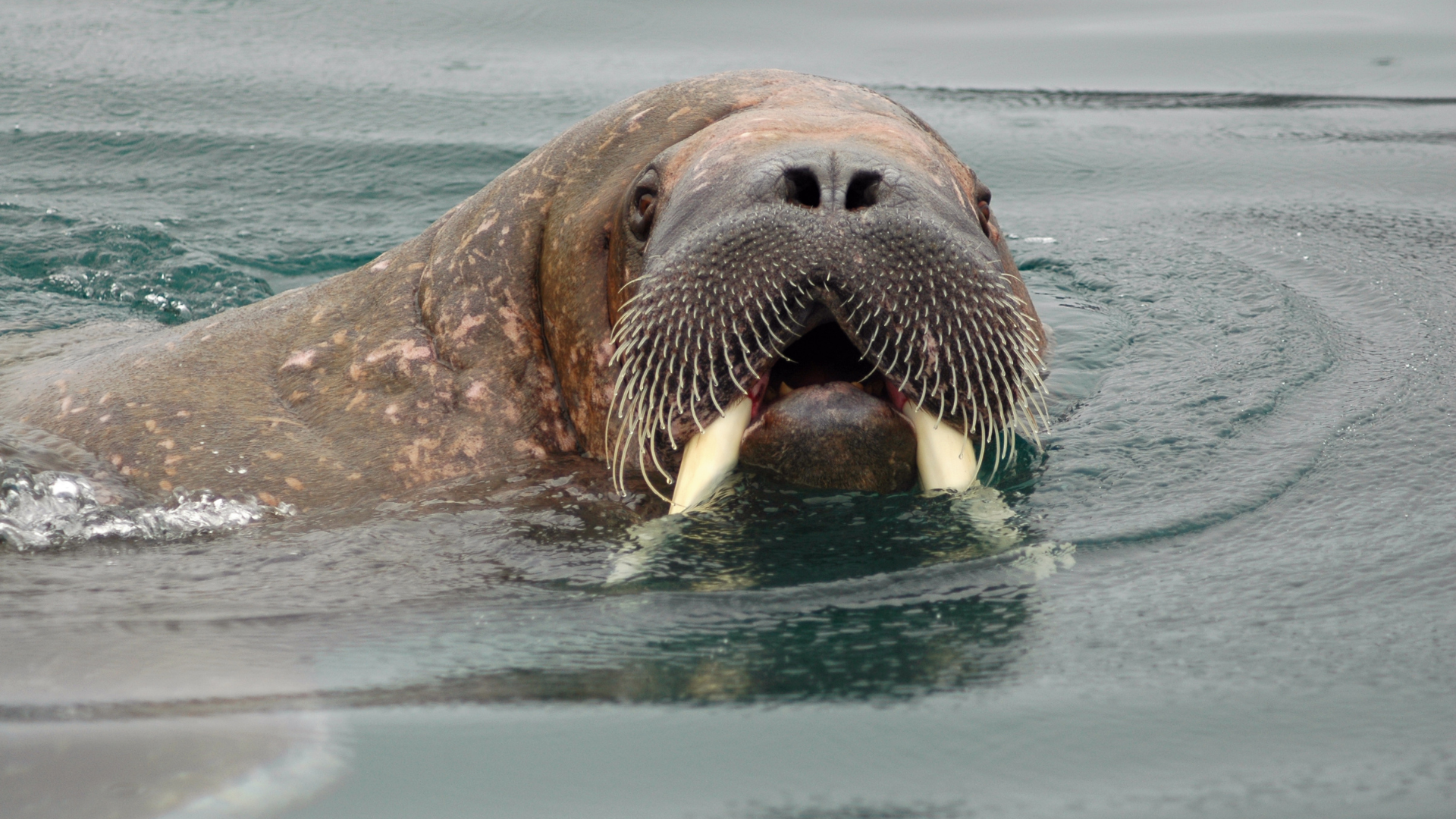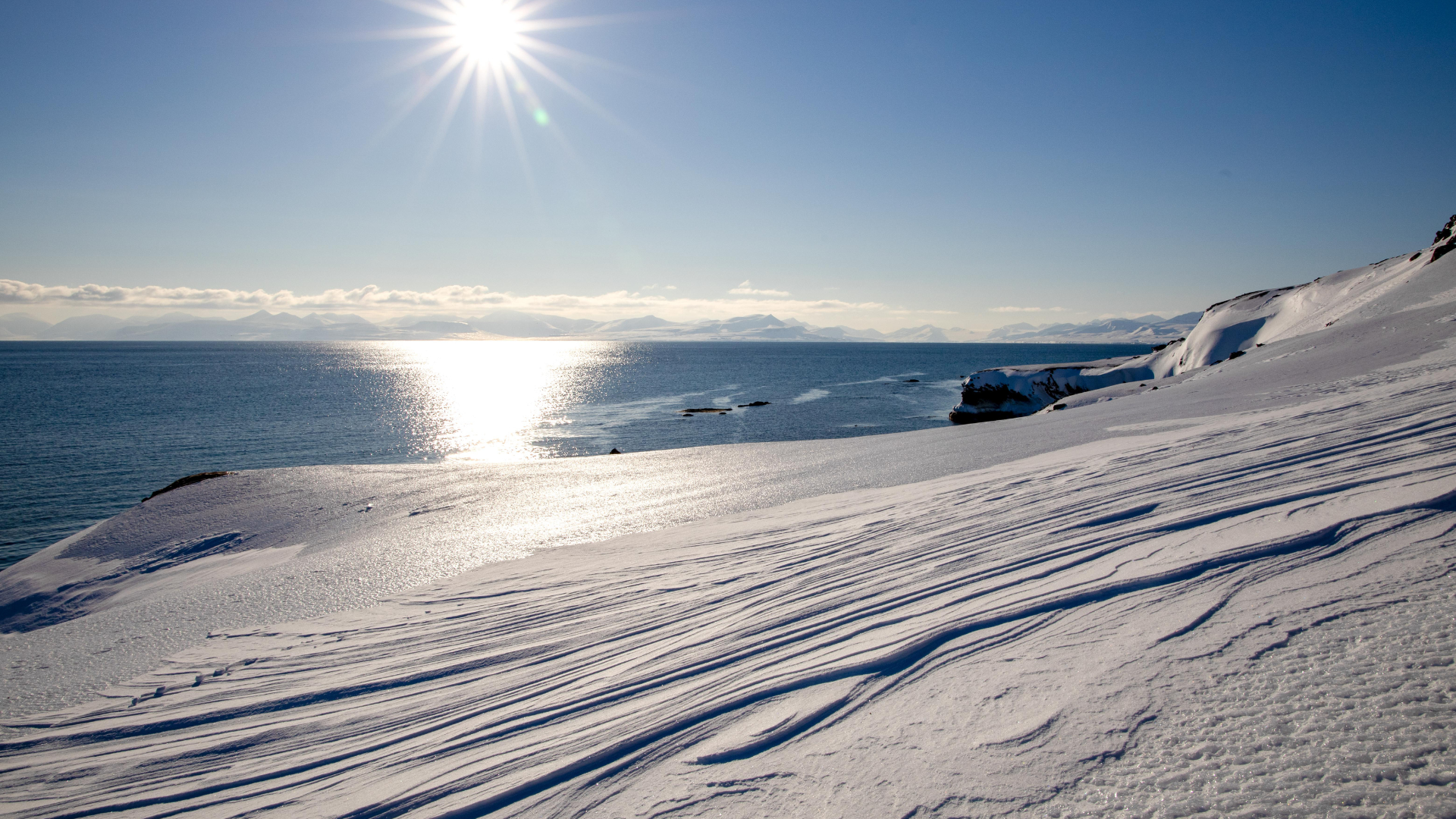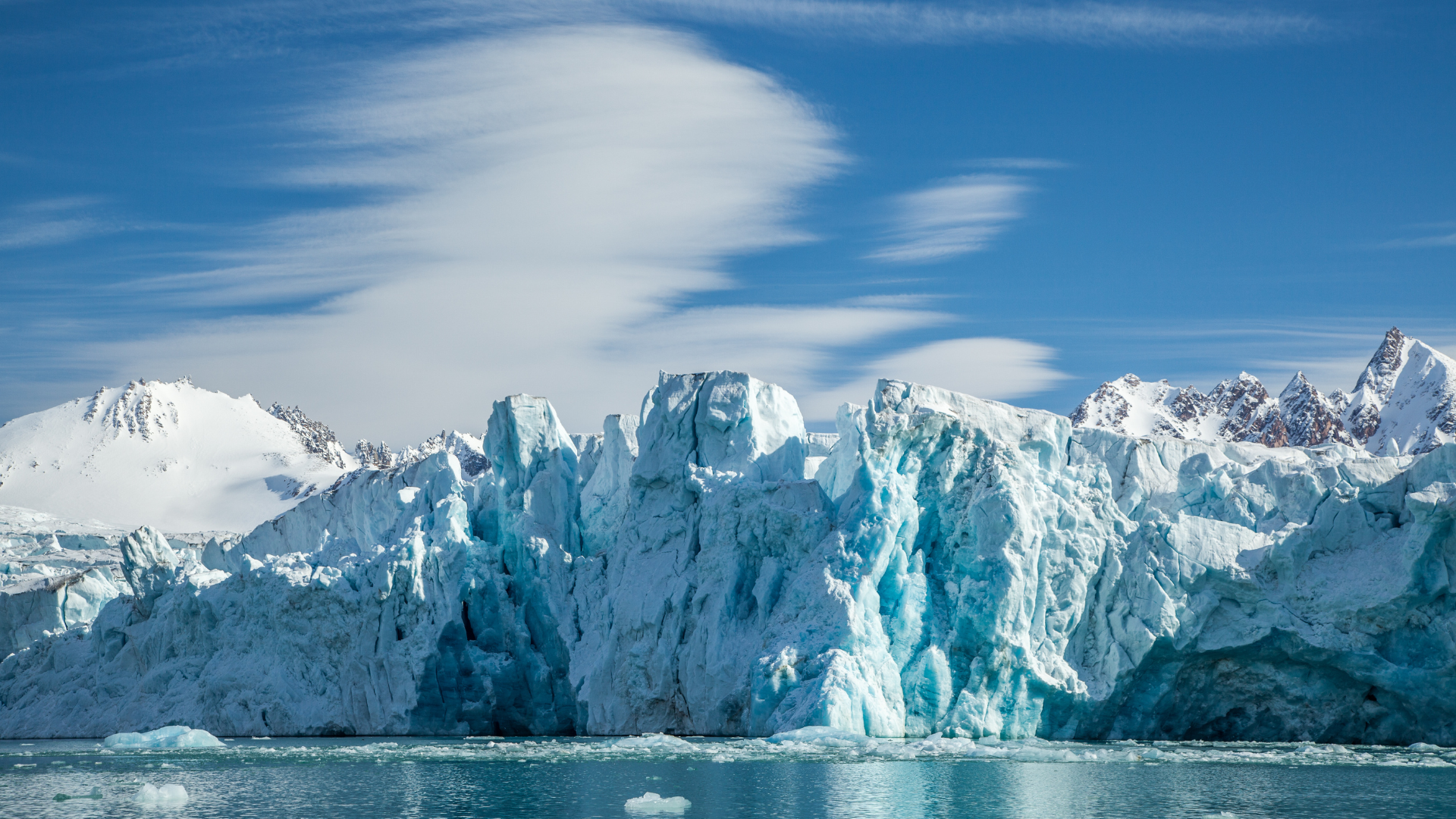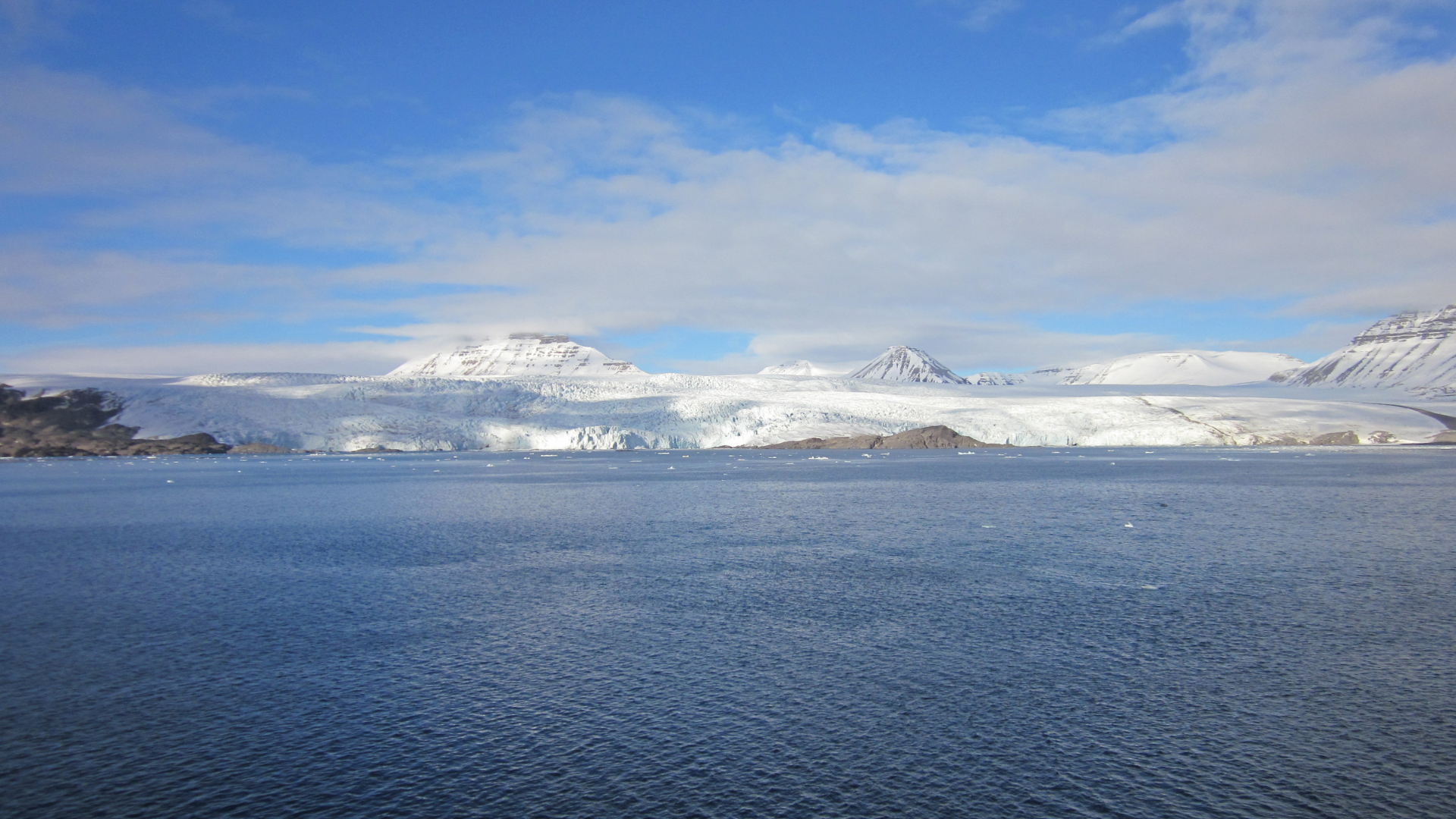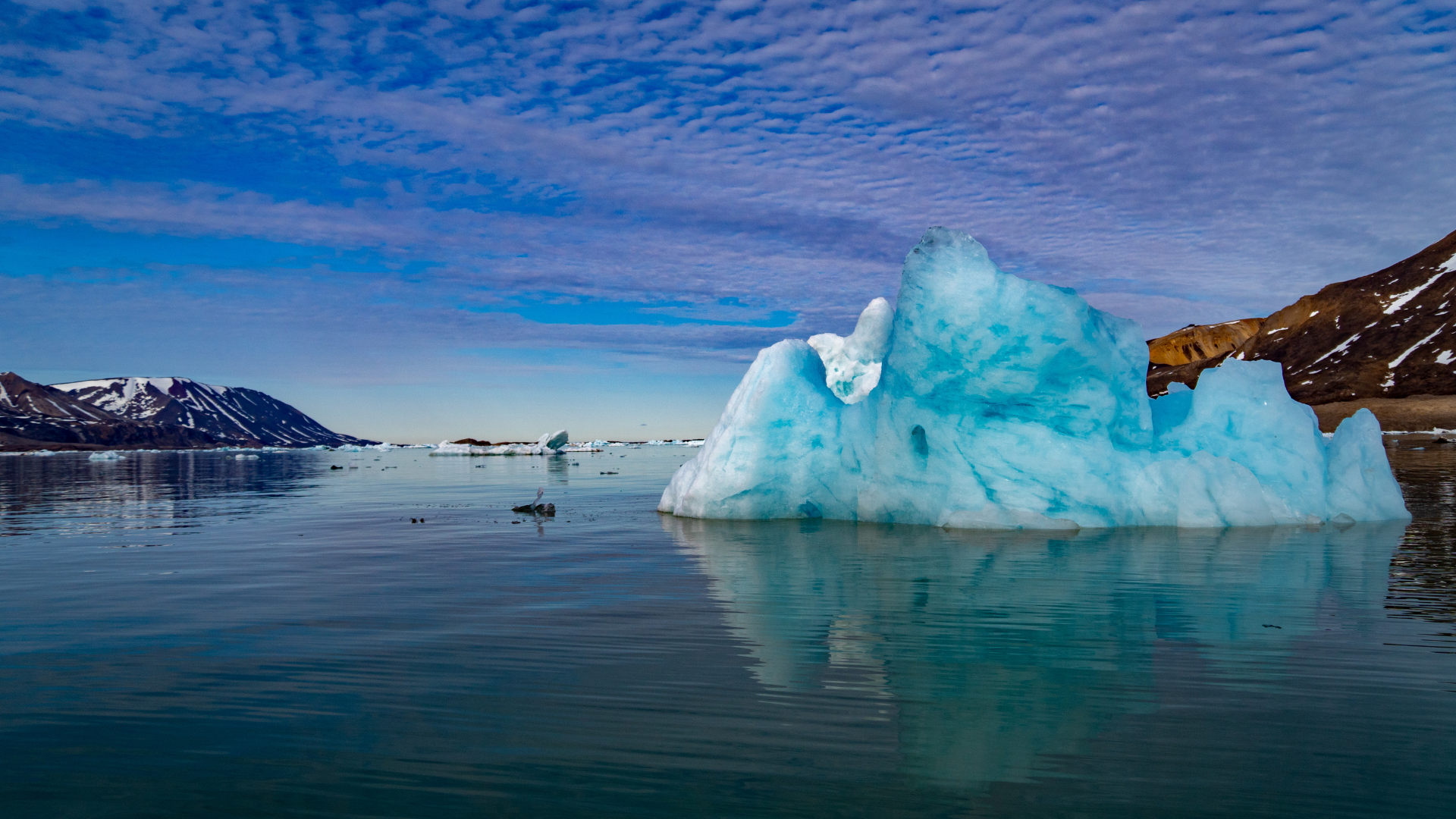It's Time To Explore Places That No One Has Been To
Spitsbergen Nature in February
Spitsbergen Nature in February
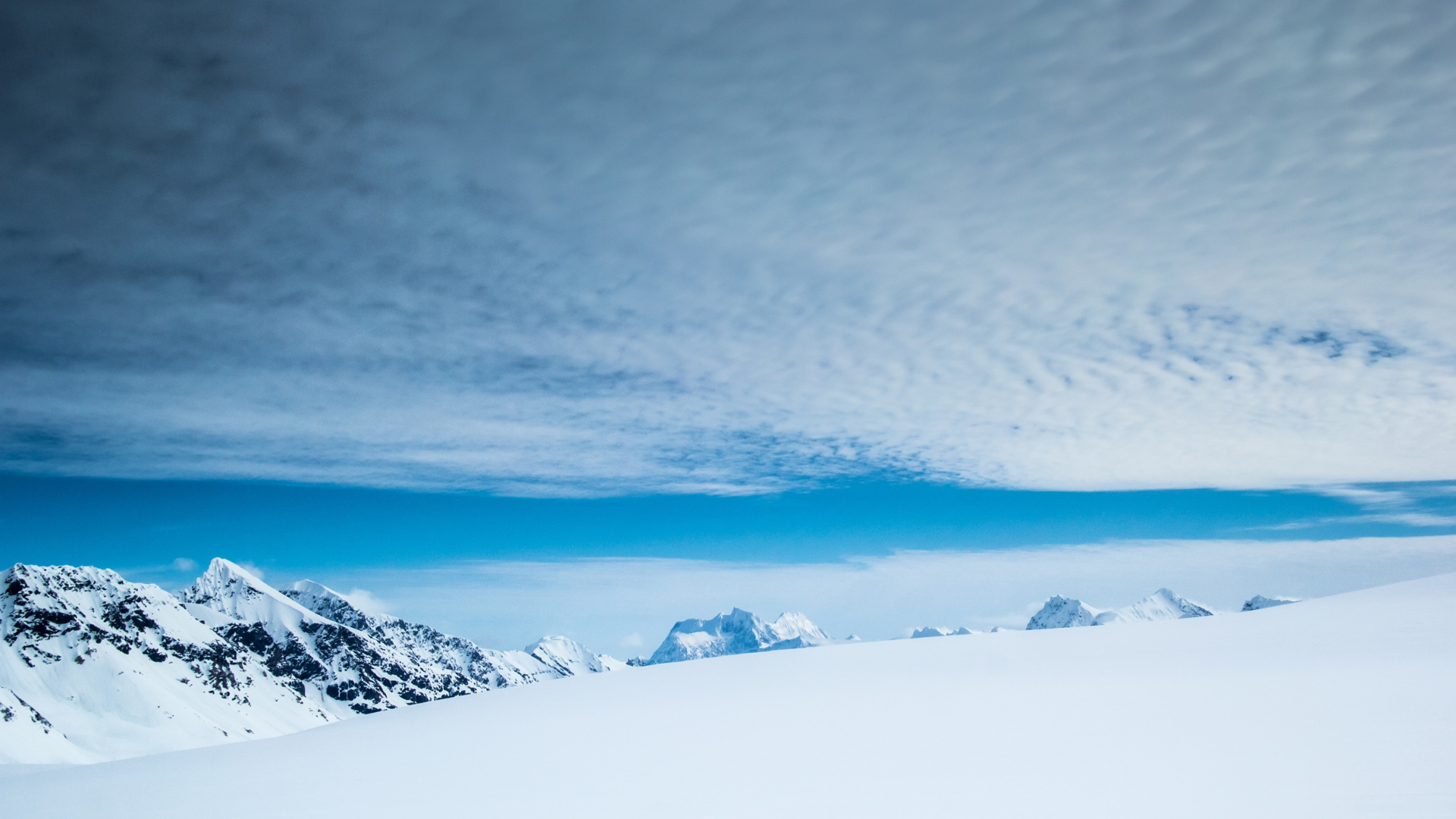
February in Spitsbergen sees the island entrenched in the heart of winter. The long, dark nights continue, with no sunlight piercing the horizon for weeks. Yet, beneath the cold, dark skies, the island is still full of life. The Arctic landscape takes on a dramatic form, as thick snow blankets the mountains and valleys, and the sea ice begins to solidify. This month is an ideal time to witness the raw power and beauty of the Arctic wilderness, where nature thrives despite the extreme conditions.
For nature lovers, February in Spitsbergen is a time to explore the incredible adaptations that allow wildlife to survive in such a harsh environment. The polar bear, ever the symbol of the Arctic, continues to be active during February. As the ice thickens, polar bears move closer to shorelines, where they wait for seals to surface through breathing holes in the ice. These solitary hunters rely on patience and skill, using their keen senses to track their prey. In February, the likelihood of encountering polar bears on the ice is high, making this an exciting month for wildlife enthusiasts.
The Arctic fox is another key player in Spitsbergen’s winter ecosystem. Its thick winter coat, now fully white, allows it to blend seamlessly with the snowy environment. While the foxes may not be as large as polar bears, they are just as capable of surviving in the Arctic wilderness. In February, Arctic foxes are typically busy hunting for smaller prey such as hares, voles, and seabirds. They are opportunistic scavengers as well, often feeding on the remains of larger predators' kills. Watching an Arctic fox traverse the snow-covered tundra is a magical sight that encapsulates the essence of the Arctic.
The Svalbard reindeer also thrive in the cold of February. These animals are uniquely adapted to survive the brutal winters of Spitsbergen. Their thick coats provide insulation against the cold, and their hooves are designed to dig through the snow to find food. In February, the reindeer’s primary diet consists of lichen, which is one of the few plants that can survive the harsh conditions. These hardy creatures often form small herds and move across the island in search of sustenance.
Marine wildlife in February is also a focal point, although the winter months bring challenges for many species. The ringed seal and bearded seal, however, are well adapted to life in the icy waters of Spitsbergen. These seals are often found on the ice, either resting or hunting. Their thick blubber and dense fur help keep them warm in the frigid temperatures. In February, seals are often seen resting near their breathing holes or traveling across the ice in search of food.
While the wildlife in February is adapted to survive in the harsh winter conditions, the environment itself is equally remarkable. The snow-covered mountains, frozen fjords, and icy shores create a stunning backdrop for nature exploration. The Arctic silence is almost complete, interrupted only by the sound of wind and the occasional call of a bird or animal. The stark beauty of the landscape, combined with the cold and darkness, creates a sense of awe and respect for the resilience of life in such an unforgiving place.
February is also an excellent time for those hoping to witness the Aurora Borealis. The extended darkness of the polar night makes Spitsbergen an ideal location for northern lights viewing. The aurora can often be seen dancing across the sky in brilliant colors, illuminating the snow-covered landscape below. This natural phenomenon is a highlight for many visitors, offering a truly magical experience in the heart of the Arctic.
The frozen waters of Spitsbergen also provide excellent conditions for winter expeditions. Whether traveling by dog sled, snowmobile, or on foot, the landscape is perfect for those looking to explore the island's wilderness in a way that few other places on Earth can offer. The opportunity to witness wildlife up close, particularly polar bears and reindeer, is a rare and special experience that is only available in the depths of winter.
In conclusion, February in Spitsbergen is a time when nature is at its most resilient. The island’s wildlife is well-suited to the harsh winter environment, and the landscape offers an atmosphere of stark beauty and quiet majesty. From the elusive Arctic fox to the majestic polar bear, February is a month that offers nature enthusiasts a chance to witness the wild beauty of Spitsbergen in its most untamed and pristine form.
Want to travel to Svalbard?
It’s easy, just leave your details here and we will contact you
Sign up to our newsletter
We will get back to you as soon as possible
Please try again later
